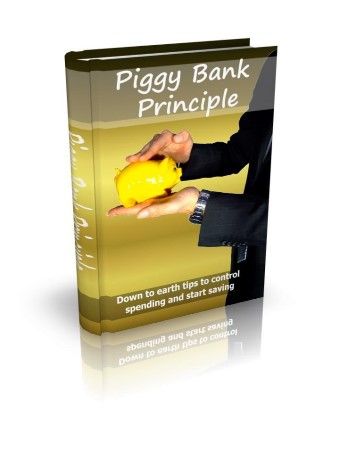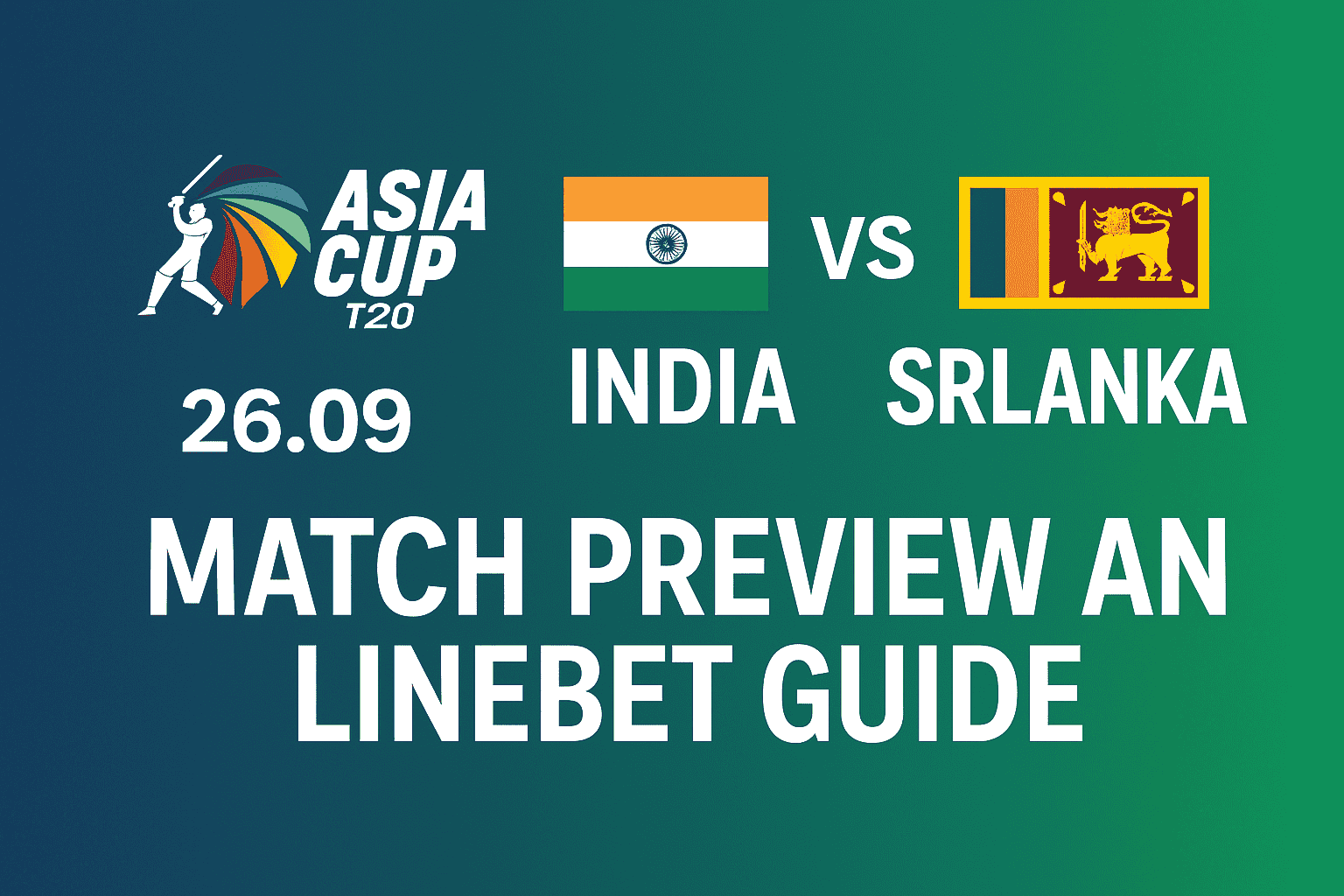Outlining Your Book: Plotting vs Pantsing
Every writer has their own way of turning an idea into a finished book, but when it comes to process, two main approaches often dominate the conversation: plotting and pantsing. Plotters like to map out their story in advance, creating detailed outlines before they begin drafting.
Pantsers — short for “writing by the seat of your pants” — prefer to dive in with minimal planning, discovering the story as they go. Both methods have passionate advocates, and both can lead to successful, compelling books. The key is understanding how each approach works, the advantages and challenges of both, and how you might adapt them to suit your writing style.
1. What Does It Mean to Be a Plotter?
Plotters thrive on preparation. They often start with an idea and then spend time developing a detailed plan before writing the first sentence.
This might include chapter-by-chapter outlines, scene breakdowns, character profiles, and even beat sheets that map the emotional highs and lows of the story. Plotters like to know exactly where the story is going and how it will get there. The plotting method can range from loose bullet points to highly structured systems like the Three-Act Structure, the Snowflake Method, or Save the Cat! beats.
2. The Benefits of Plotting
Plotting provides a clear roadmap, which can save time during drafting. By knowing where you’re headed, you’re less likely to get stuck in the middle of your manuscript. It also helps with pacing, ensuring that key story beats happen at the right moments.
For complex stories with multiple subplots, timelines, or large casts, outlining can keep everything organized and consistent. It’s also useful if you’re working on a series, as you can plan foreshadowing, character arcs, and overarching plot threads in advance. Many plotters find that having an outline reduces anxiety and keeps them focused.
3. The Challenges of Plotting
While plotting has many advantages, it can also create challenges. Some writers find that overplanning drains their excitement, making the drafting process feel like filling in a predetermined form rather than exploring a creative journey.
Others may feel boxed in by their outline, struggling to adapt when new ideas emerge during writing. In some cases, sticking too rigidly to a plan can result in a story that feels mechanical or forced. Flexibility is important, even for dedicated plotters.
4. What Does It Mean to Be a Pantser?
Pantsers embrace spontaneity. They may have a general idea of their characters or premise, but they don’t create a detailed plan before starting.
Instead, they discover the story as they write, allowing it to unfold naturally. For some, this means starting with a single scene or a piece of dialogue and building the book from there. Pantsers often describe the process as a creative adventure — they’re writing to find out what happens, just like a reader would.
5. The Benefits of Pantsing
Pantsing can feel exciting and liberating. Without a rigid outline, there’s room for unexpected twists, organic character development, and fresh discoveries.
Many pantsers find that their stories feel more alive because they’re not forcing characters into pre-planned situations. It also allows for a more flexible writing process; if inspiration strikes, you can follow it without worrying about breaking a carefully plotted structure. For some writers, pantsing keeps the creative spark burning through the entire draft.
6. The Challenges of Pantsing
The freedom of pantsing can come with pitfalls. Without a plan, it’s easy to wander off track, get stuck in the middle, or write scenes that don’t serve the story.
This can lead to more extensive revisions later, as you might need to cut or rewrite large portions of the manuscript to fix pacing or plot holes. Pantsers may also struggle with maintaining consistency in complex stories, especially if they haven’t tracked timelines or character arcs. While some thrive in the chaos, others find it frustrating to work without structure.
7. Hybrid Approaches: The Plantser
Many authors discover that they fall somewhere between plotting and pantsing. These “plantsers” create a loose outline but leave room for discovery along the way. They might plan key plot points, the ending, or major turning points, but keep the details flexible.
This hybrid method offers the best of both worlds: the security of a roadmap with the freedom to take creative detours. It’s especially useful for writers who want some structure but still enjoy the thrill of uncovering surprises during the drafting process.
8. Choosing the Right Method for You
Your ideal writing process depends on your personality, experience, and project. If you like order, deadlines, and minimizing rewrites, plotting may suit you better. If you thrive on creativity, exploration, and discovery, pantsing might be your natural fit.
Consider your genre too — thrillers or mysteries often benefit from detailed plotting to manage clues and red herrings, while character-driven literary fiction can work well with a more fluid, pantsing style. You might also choose different methods for different projects.
9. Tools for Plotters
If you lean toward plotting, there are countless tools to help you outline effectively. Story structure templates, corkboard-style apps like Scrivener, or digital mind-mapping tools can organize scenes and arcs visually.
The Snowflake Method starts with a one-sentence summary and expands step-by-step into a full outline. Beat sheets from Save the Cat! can help ensure your plot hits emotional highs and lows at the right moments. Even a simple spreadsheet can keep track of scenes, timelines, and character development.
10. Tools for Pantsers
While pantsers prefer less structure, some light organization can help keep the story coherent. You might keep a running “story bible” to record character details, settings, and plot points as you discover them, preventing inconsistencies later. Voice recorders or quick notes apps can capture ideas on the go. When revising, pantsers often benefit from tools like sticky notes or index cards to visualize and rearrange scenes.
11. Managing Revisions
Plotters may need fewer structural revisions but still must refine character depth, emotional beats, and natural dialogue. Pantsers may spend more time restructuring their drafts, cutting or adding scenes, and tightening pacing. Regardless of your method, revision is where the story truly comes to life. Accept that no matter how much you plan (or don’t), rewriting is part of the process.
12. Staying Flexible
Even the most dedicated plotters can benefit from letting the story surprise them, and even the most spontaneous pantsers can gain from having a few guiding points. Writing is not about choosing one rigid method forever but about finding what works for you at a given time. Some authors start as pantsers and become plotters over their career, while others shift between methods depending on the project.
13. Avoiding Common Pitfalls
Plotters should be careful not to let outlining become a form of procrastination. At some point, you have to stop planning and start writing. Pantsers should watch out for getting stuck in endless rewrites because they didn’t have a clear direction from the start. Both should guard against perfectionism in the drafting stage — first drafts are meant to be messy.
Conclusion
Whether you’re a meticulous plotter, a free-spirited pantser, or a flexible plantser, the most important thing is finding the process that keeps you motivated and moving forward. There is no one-size-fits-all approach to writing, only the method that gets you from the first spark of an idea to the final page.
By understanding the strengths and weaknesses of plotting and pantsing, you can choose (or blend) techniques that suit your style, your story, and your goals. In the end, the best process is the one that helps you finish the book — because no matter how you get there, the real magic happens when your story is finally in the hands of readers.







